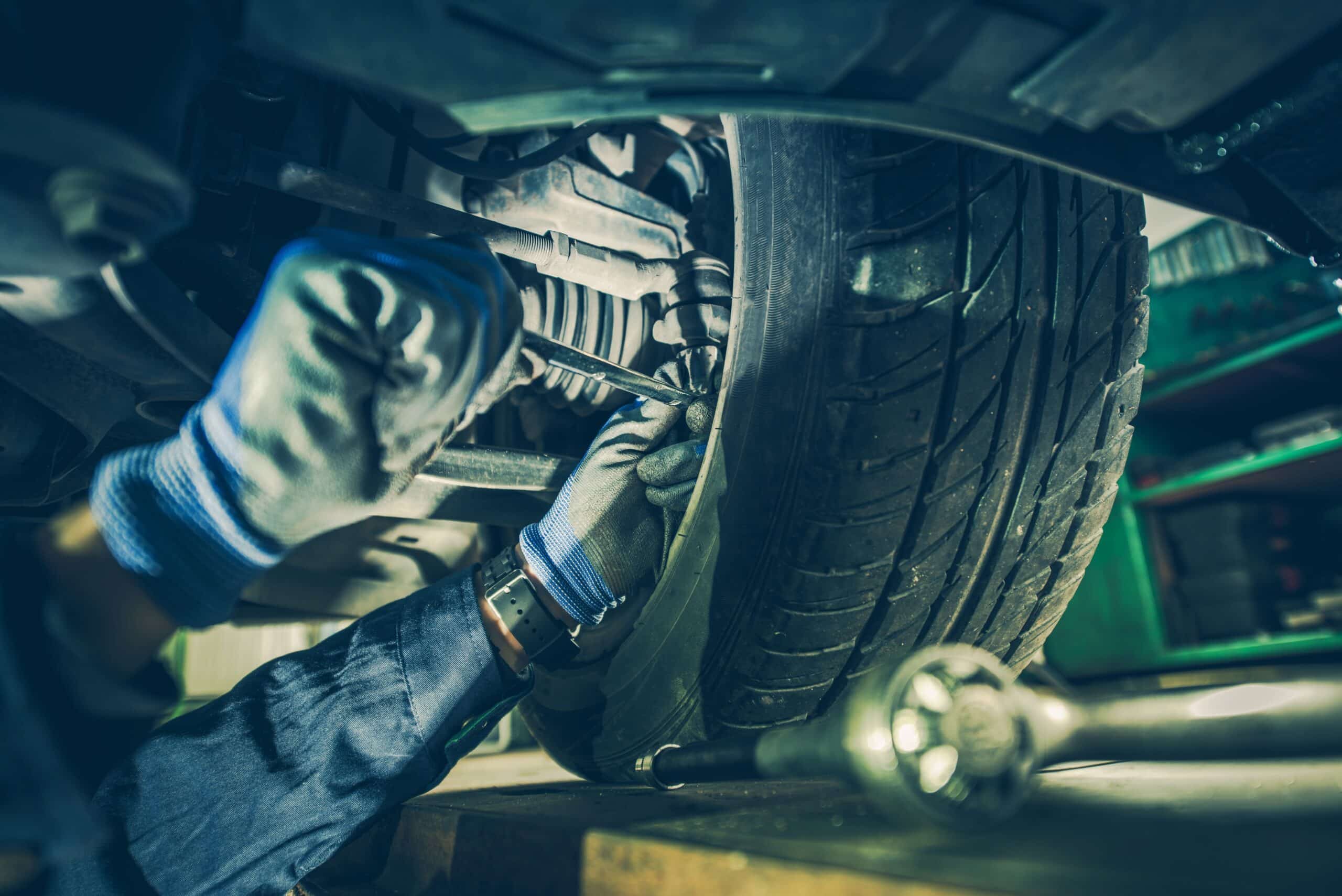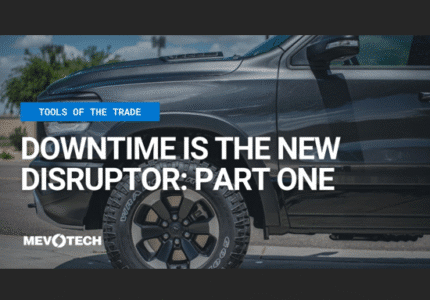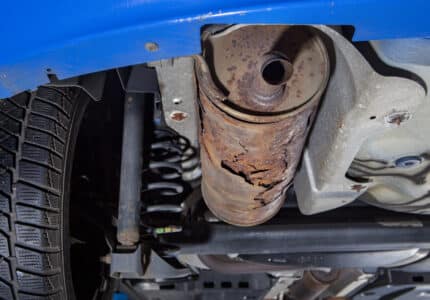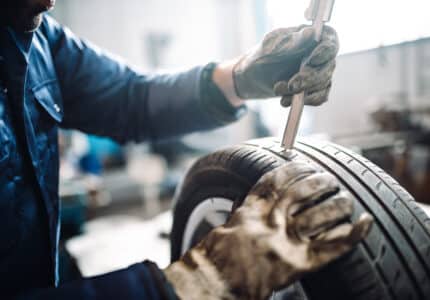THINGS WE’VE LEARNED THE HARD WAY: PRACTICES THAT SHOULD BE EXTINCT
From using a pry bar to check suspension components to impact-tightening everything within reach, we have all learned (the hard way) what should not be done when servicing and repairing vehicles. In our on-demand webinar, you will learn why some habits fall very far from the best practices category when it comes to:
- Diagnosis
- Disassembly
- Surface prep
- Reassembly
- Maintenance
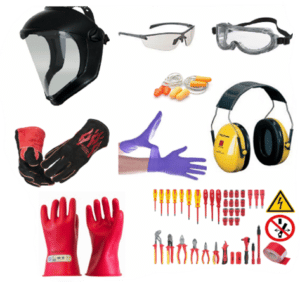
But first, it is important to remember your safety rules, such as the safe handling of tools and vehicle components and using the correct safety equipment, including:
- Safety glasses/goggles or face shields
- Ear plugs or earmuffs
- Dust masks or respirators
- The proper gloves for the job:
- Fluids and light work: Nitrile or latex gloves
- Welding or rough service: Leather or safety gloves
- EVs and hybrid electrical systems: Class 0 gloves
- Insulated tools for EVs
Practices that Should be Extinct
The following are common practices that should be avoided (in fact, let’s make them extinct) when diagnosing, servicing, repairing and performing regular maintenance on vehicles.
DIAGNOSIS
Not checking the service manual
- Follow the service manual’s diagnostic procedures and make sure you check for technical service bulletins (TSBs) for updates on issues and how to troubleshoot them.
Using a pry-bar to check everything
- Pry bar use on some components can induce movement and cause potential damage.
DISASSEMBLY
Using brute force during disassembly
- Explore all other options before resorting to using force. Check that all fasteners, such as clips, screws and bolts, have been removed before attempting disassembly.
SURFACE PREP

Leaving mating surfaces dirty and rusty
- Prior to installing a new part, properly clean and prep all mating surfaces and areas where seals are used, in order to ensure a long part service life.

Overusing anti-seize compounds
- Apply only a thin layer of anti-seize and avoid contact with skin. Unless instructed to in the installation procedure, never use anti-seize on threads.
REASSEMBLY
Failing to replace all worn components
- Replace all damaged or worn components during reassembly, to ensure a proper install and a safer vehicle on the road.
Welding a ball joint into place
- Welding immediately damages ball joint internals and can lead to catastrophic part failure.

Not torquing to spec
- Almost all fasteners used on today’s vehicles have a torque specification – ensure they are adhered to. Have your torque wrenches calibrated every 12 months and store them clean and set to the lowest-possible setting.
MAINTENANCE
Forgetting to check for lube points
- During regular maintenance, make sure you check for lube points on ball joints, tie rod ends, pitman and idler arms (idler arm brackets) and U-joints.

Over-lubing when greasing a ball joint
- Dust boots are not grease reservoirs. A good rule of thumb is to add the grease in slowly and stop when the boot slightly swells. Over-filling and/or pumping in grease too fast can damage the ball joint, so avoid using electric or pneumatic grease guns.
Additional Words to the Wise
Don’t get fancy with chassis grease
- We typically use the most common grease, which is GC-LB designation, or #2. Remember, less is more.
Go back to whatever was touched last
- If you do a service or repair, first check the part that was touched last by the owner or another technician and start there when diagnosing the problem.
Don’t be afraid to change tactics
- If something isn’t working, don’t persist, try a different tactic or angle.
To avoid making common mistakes that we’ve all seen and done, watch our webinar: Things We’ve Learned the Hard Way: Practices that Should Be Extinct. You’ll be glad you did.
